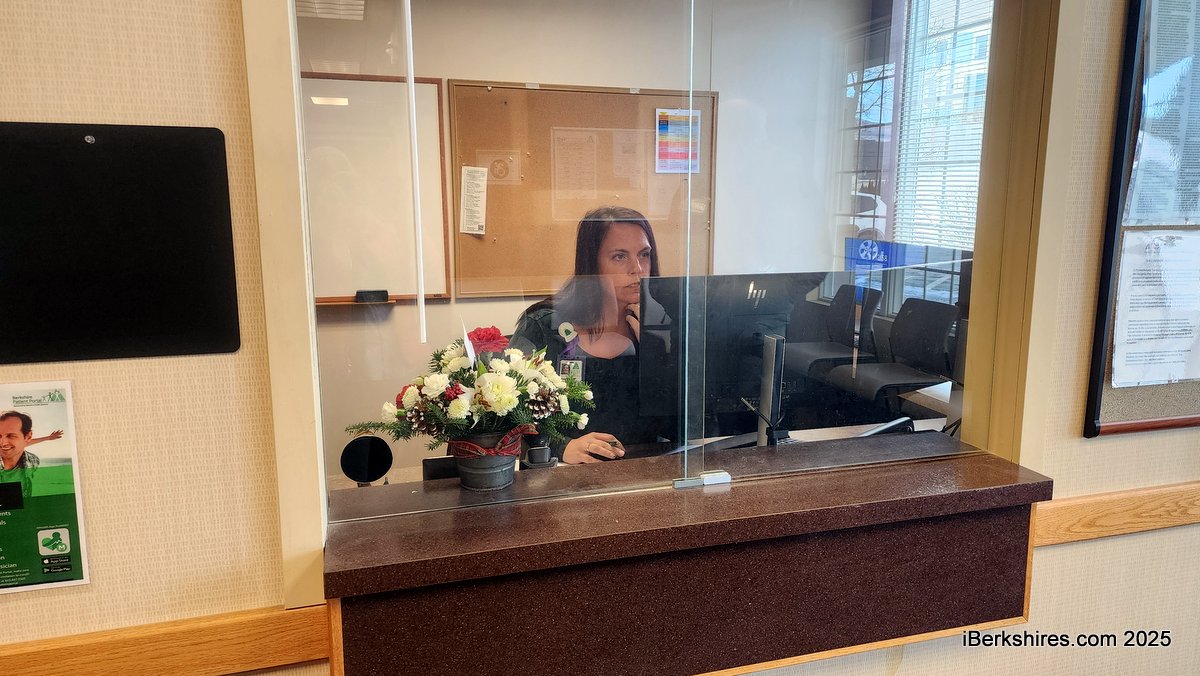Letters: Things for Lowry Opponents to Think About
 |
To the Editor:
For all of the people who are opposed to the Lowry and Burbank properties being used for housing, here are a few things to think about.
You state that we need to keep open spaces free from development and be able to have farmland and I understand that but. I also realize there is a dire need for housing that can not be overlooked.
Many of the homes near the land we are talking about once sat on farmland. If you live on the west side of Stratton Road south of the Lowry property, or on the new section of Longview Terrace, or any development on the east side of Stratton Road, south of Cobbleview Road, think of where your home was built, and built within recent history. A good chance it was farmland? Absolutely. Are you in any of the new homes built in the last few years on or just off Oblong Road? Was that farmland? Absolutely.
You all enjoy living there with all that the land offers you and your family. How would you feel if there had been a motion to disallow the building of your home? Also why now (after so many years of most people not even checking to see where it stood in regards to conservation) is it so important to pass a vote to put Lowry and Burbank into conservation?
Sadly we all know the answer to that, don't we.
Stop at the Photech Mill and old town garage sites when you are out and about some time. Step out of your vehicle, take a look around. Would you like this to be the site of your next home, or housing for your elderly family members? These lands are contaminated and I am sure not many of you would feel safe planting a vegetable garden even after it has been cleaned up.
At Photech, the Hoosic River would be threatening your home in a flood situation. The Spruces residents can tell you about flooding and many of us do not want to go through it again. I applaud Mr. Fohlin and everyone who realizes that Lowry is the best place to begin a new community. The Lowry property for Irene Cottages is absolutely the way to proceed with humanity, fairness and dignity.
Charleen Blood
Williamstown
March 20, 2013
Tags: affordable housing, conserved land, housing,
















